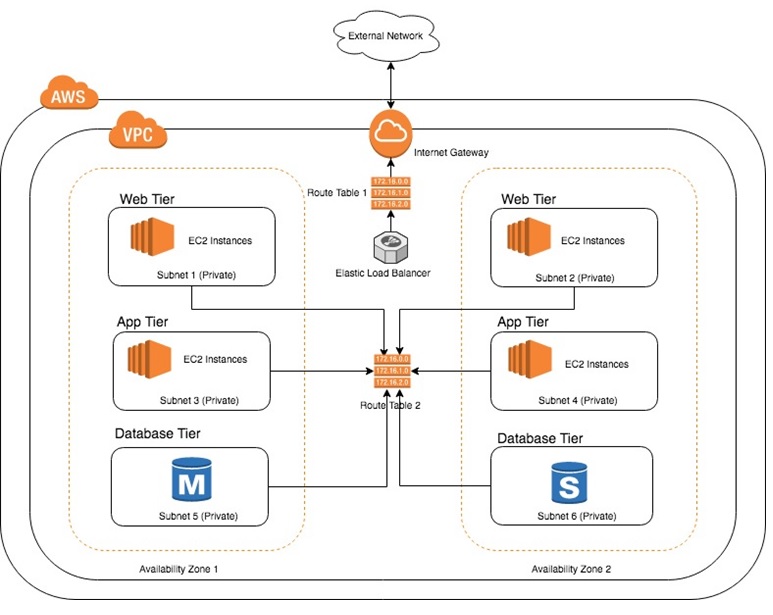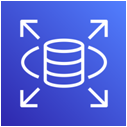




• VPC IP address range selection
• Subnet creation.
• Route table creation and update.
• Establishing Internet connectivity.
• Network/subnet security activities.
• Virtual Private Network (VPN) design.
• VPC peering.

• Setting up users.
• Creating groups.
• Developing and assigning policies.
• Establishing roles.
• Ensuring security.
• Creating access keys.
• Security audit functions.

• Select instance type.
• Amazon Machine Image (AMI) selection.
• Create or select an existing security group.
• Create a key pair.
• Configure instance details.
• Configure status checks.
• Determine termination policy.
• Load user data.
• Handle windows instance considerations.
• Determine tenancy.
• Select EBS and EFS storage options.
• Configure Auto Scaling Group (ASG) and Elastic Load Balancer (ELB).

• Create bucket(s).
• Storage class configuration and intelligent-tiering strategy.
• Develop access management strategy and bucket policies.
• Implement object lifecycle policy.
• Upload, download, replicate and delete objects.
• Undertake server access logging, audit and analysis.
• Setup event triggers for Lambda, SNS and SQS.
• Create S3 hosted static website.

• Create database using Postgres, MySQL, Oracle, MS SQL Server or Aurora engines(s).
• Create read replicas.
• Implement disaster recovery using multi-AZ.
• Select instance class, memory, block storage and automatic scaling parameters.
• Implement encryption, security groups, roles and authentication.
• Setup backups, advanced monitoring, audit logs and deletion protection.

• Installing the latest Docker engine package.
• Starting the Docker service.
• Creating creating Docker files and building Docker images.
• Push Docker images into the Elastic Registry Service (ECR)
• Running and testing the containerized application.